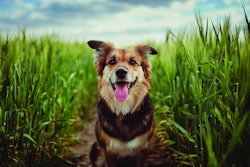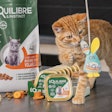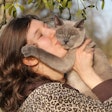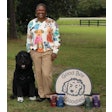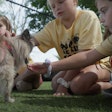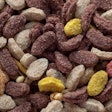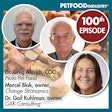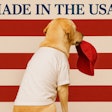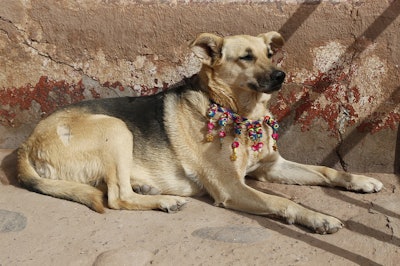
Developing economies held the fastest growing pet food markets in the nations ringing the Pacific Ocean from 2016 to 2020. Pet ownership growth fueled that economic growth in many of these nations, while ownership rates stagnated in others. Similarly, some nations experienced a pandemic spike in new ownership during this period, while others grew only slightly.
The Canadian government’s report “Pet Food Trends in Select Comprehensive and Progressive Agreement for Trans-Pacific Partnership (CPTPP) Markets: Vietnam, Singapore, Malaysia, Chile and Peru,” explored ownership growth trends in Pacific Rim nations, citing Euromonitor International data.
Vietnam, Singapore, Malaysia, Chile and Peru make up 10.6% of the pet food industry in the CPTPP region in 2020. Those nations also had higher CAGRs from 2016 to 2020 than Japan, Australia, Mexico and New Zealand. These five emerging markets, Vietnam, Singapore, Malaysia, Chile and Peru, were forecast to keep that momentum from 2021 to 2025.
Pet ownership trends in Vietnam
In Vietnam, cat ownership grew slower than dog ownership from 2016 to 2020, according to the report. In 2016, 2.9 million households owned cats in 2016 rising to 3.4 million in 2020. Households owning dogs increased to 17.2% in 2020 up from 16.2% in 2016. Those households owning cats increased to 12.4% in 2020 from 11.3% in 2016.
Pet ownership trends in Singapore
Cats outpaced dogs in Singapore with a compound annual growth rate (CAGR) of 3.5% from 2016 to 2020, compared to 2.1% for dogs. Cats lived in 43,500 households in 2016 rising to 50,000 in 2020. Meanwhile, the percentage of households owning dogs remained steady at 5.3% from 2016 to 2020. Households owning cats grew to 2.8% in 2020 from 2.6% in 2016.
Pet ownership trends in Malaysia
Malaysia’s cat dog ownership rates grew nearly in tandem with a CAGR of 2.0% from 2016 to 2020. Cat ownership grew from 608,700 households owning cats in 2016 to 658,500 in 2020. The percentage of households owning cats and dogs has remained steady for past half decade in Malaysia.
Pet ownership trends in Chile
Cat ownership growth outpaced dog ownership in Chile, although dogs are still more frequently kept. Household cat ownership grew at a CAGR of 4.9%, compared to 2.7% for dogs, from 2016 to 2020. In 2016, 1.2 million households owned cats rising to 1.4 million in 2020. Households owning dogs increased to 57.5% in 2020 up from 54.8% in 2016. Cats increased to 24.0% in 2020 from 21.0% in 2016.
Pet ownership trends in Perú
Perúvian cat ownership grew slightly faster than dog ownership in Perú. From 2016 to 2020, cat ownership in Peru had a CAGR of 2.7% (2.6% for dogs). In 2020, two million households owned cats, rising from 1.8 million in 2016. Household cat ownership rates grew slightly to 22.9% in 2020 from 22.7% in 2016. Households owning dogs also increased only slightly to 51.3% in 2020 from 51.1% in 2016.




